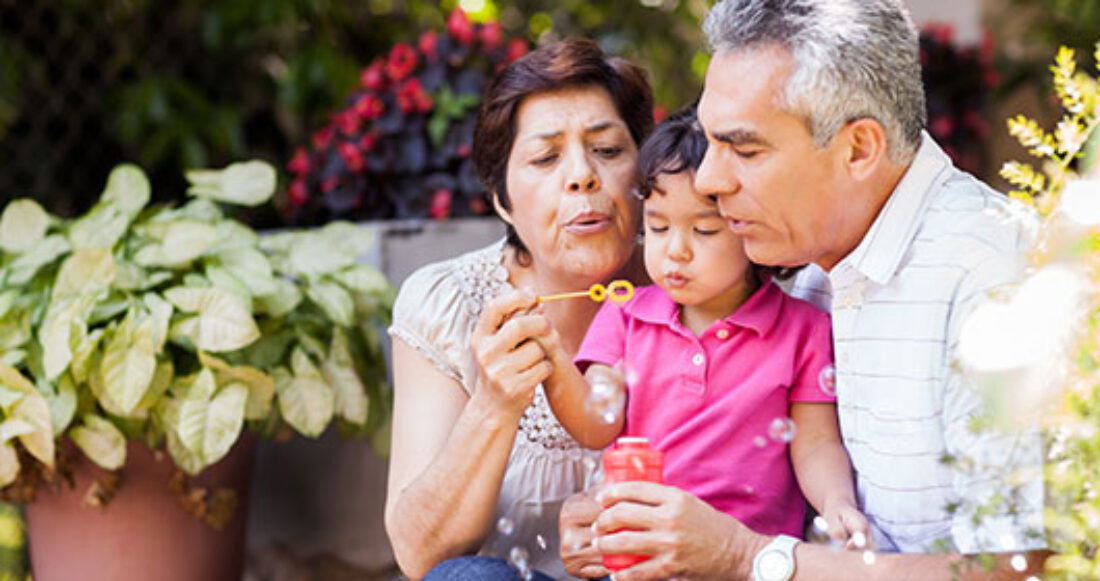Leading the Way: Colorado Makes Kinship Care a Priority for Kids in Foster Care

In Colorado, children who could not safely remain in their own homes used to follow a well-worn pathway — one that included a stay in a residential facility.
Today, this pathway is the road less traveled, and it’s been superseded by a preference for kinship care, which places kids with relatives whom they know and trust.
Just consider the numbers: In 2003, Colorado’s Division of Child Welfare reported placing 1,483 children in residential treatment centers. By 2016, this figure dropped 65%, representing 526 kids placed in residential care. During this same 13-year time period, the number of kinship placements in Colorado nearly doubled, from 1,308 to 2,401.
The state’s transformation is rooted in research that clearly describes the ill effects of residential care and the clear benefits of kinship care. It’s also the byproduct of an intensive consulting engagement with the Annie E. Casey Foundation. For three years, Casey supplied a team of experts to help Colorado increase its use of kinship care.
“When we place children with relatives in safe, loving environments, we set them up for the best possible outcomes,” says Meha Desai, a consultant who led Casey’s work in Colorado. “This is an incredible step forward for kids and families in Colorado and it provides a concrete example other jurisdictions can follow.”
The percentage of Colorado kids now living in residential care hovers around 18% — within striking distance of the state’s goal of 15%.
Three changes that have been key to Colorado’s success:
- Strengthening policies and practices to ensure that family members receive support as needed when stepping up for kids.
- Working to educate families, caseworkers, judges and others about the importance of relatives in children’s lives. “There are so many ways relatives can support kids when they are in foster care, including serving as temporary caregivers when parents are struggling — even as long-term caregivers, if that’s what is needed,” says Tracey Feild, director of Casey’s Child Welfare Strategy Group.
- Investing in multiple pathways. “Colorado is developing a robust variety of placement and treatment options so that kids and families can get support without entering a residential facility,” Desai says.
Nationwide, agencies are seeking more kin placements, although short-term residential placements are still necessary to stabilize kids with complex needs. Several states have worked with Casey to increase kinship placements and decrease residential placements, including Connecticut, which lowered its use of residential placements from 25% to 14% in just four years.
Successfully shifting away from residential care — and toward kinship care — is nothing short of life changing for the kids involved. “Growing up in a nurturing, supportive family is one of the most critical predictors of a child’s success,” says Feild.
Casey’s Suite of Kinship Tools and Resources
- Kinship Process Mapping: A Guide to Improving Practice in Kinship Care and its Executive Overview
- What Kinship Families Need to Help Kids Thrive
- The Kinship Diversion Debate: Policy and Practice Implications for Children Families and Child Welfare Agencies
- Every Kid Needs a Family: Giving Children in the Child Welfare System the Best Chance for Success
- Questions Courts Must Ask Before Placing Children in Group Homes





